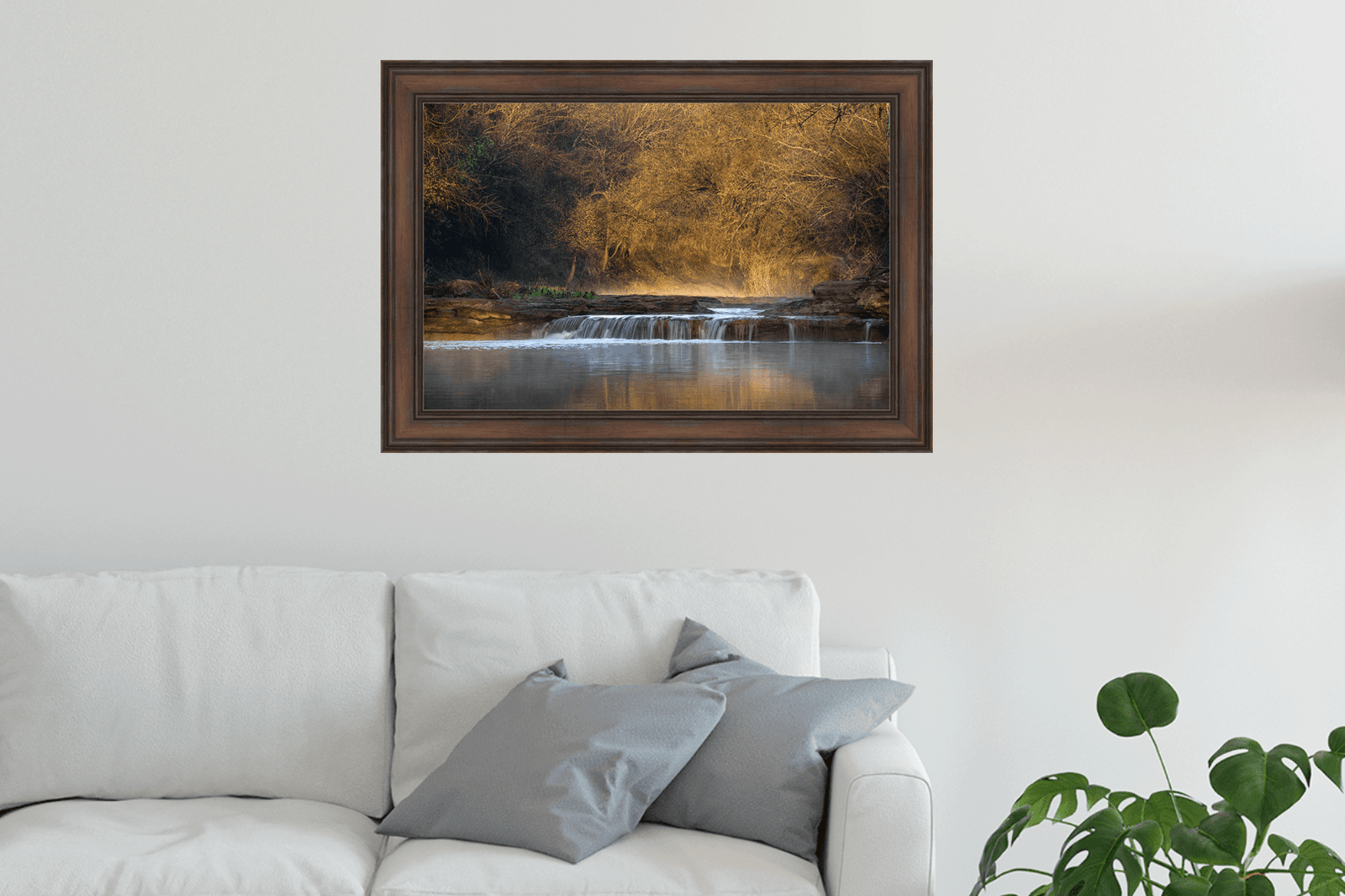Mansfield Photography
Flatonia, Texas
– Tracks, Theater, and Tradition.
In an era when railroads defined the future of towns, few places tell that story more clearly than Flatonia. Established in 1874 and named after F.W. Flato, a local merchant and landowner who played a pivotal role in its founding, this small South Central Texas town grew not around a courthouse square like so many others, but along the powerful steel lines of the railroad. Its layout—downtown buildings rising on either side of the tracks—reflects a community whose identity was forged with the rhythm of steam engines and railcars.
Flatonia was one of the early towns plotted by the Galveston, Harrisburg & San Antonio Railway Company. Its location wasn’t random—it was chosen as a halfway point between San Antonio and Houston, and almost immediately, it began to attract immigrants, entrepreneurs, and settlers, many of them Czech and German. They came with hopes, skills, and cultural traditions that would leave a lasting imprint on the town’s food, music, architecture, and social life.
A Different Kind of Downtown
While the many Texas town built itself around a central square, Flatonia chose a different blueprint. With the train station as the lifeline, the business district emerged parallel to the tracks. Warehouses, saloons, hotels, and shops cropped up in close proximity, creating a linear downtown with its heart in constant motion. It wasn’t about central governance—it was about commerce, connection, and convenience.
Today, that decision still shapes the town’s character. Standing along the tracks, one can see the past and present mingling in brick storefronts, original signage, and enduring architecture. It’s a living museum of the railroad era, framed by the rhythmic passing of trains and the stillness of century-old buildings.
The Lyric Theatre: A Survivor with Style
One of the most remarkable buildings in Flatonia is the Lyric Theatre, a living witness to over a century of local culture and change. Originally constructed in 1879 as the Foster Building(s), this space became a centerpiece for community entertainment. When weather permitted, performances and silent films were shown outdoors in the Aerodome—an open-air venue just down the street.
As demand for indoor venues grew, the Foster Building(s) transformed into the Happy Hour Theatre in 1913. By 1930, it had adopted the name Lyric Theater, and it would remain a beacon for film lovers and stage productions alike. A major renovation in 1952 brought a new marquee, a balcony, and a more modernized interior. Generations of locals still remember the final screening in 1967: Beach Blanket Bingo.
After decades of silence and several ownership changes, the building found new life again. It was restored and reopened in 2017, welcoming guests once more for movies and live events. In 2020, new owners launched another comprehensive renovation, and by 2022, the theater had resumed screenings—this time with a focus on classic and revival films. Today, it’s not just a theater, but a symbol of resilience, community pride, and the value of preserving history.
Railroads and a Tower That Watched it All
The centrality of trains to Flatonia’s identity isn’t just in the layout—it’s in the infrastructure that managed it. Tower #3, Flatonia’s famous switching tower, operated manually from 1902 until 1996. It directed traffic for both north-south and east-west rail lines, making it one of the most significant manual towers in Texas history.
For nearly a century, the tower’s operators kept the rhythm of commerce moving. Though damaged in a 2014 automobile accident, the structure wasn’t forgotten. Today, Tower #3 is preserved and on display near the tracks, serving as another reminder of how integral the railroad has been to every chapter of the town’s story.
Czhilispiel: Spice, Song, and Celebration
While trains may have built the town’s economy, its culture simmered in the kitchens and dance halls of its Czech settlers. That heritage lives on most vividly during Czhilispiel, an annual celebration blending traditional Czech culture with a Texas favorite—chili.
The name itself is a portmanteau: Czech + Chili + Spiel (German for play or festival). The event brings together live music, cook-offs, parades, and family-friendly attractions. It’s not just a food fest; it’s a cultural heartbeat that draws thousands from around the region. For many, it’s the defining event of the year—a celebration of ancestry, identity, and the enduring power of good food and good company.
Present Day: Holding on to History, Looking Ahead
Modern Flatonia is home to just over a thousand residents, but its identity is far larger than its headcount. The old buildings downtown, many of them beautifully maintained, continue to serve as cafes, galleries, offices, and boutiques. The Lyric Theatre hosts events that bridge generations. The tracks still carry freight, echoing the past with every rumble of a passing train.
Visitors today find a town that has managed to honor its beginnings without freezing itself in time. There’s a slow charm here—yes—but also an enduring sense of purpose. The community continues to attract those who appreciate craftsmanship, connection, and the quiet power of place.
Whether you come for the chili, the architecture, or the railroad stories, you’ll find a town that remembers where it came from and isn’t in a hurry to forget. Flatonia didn’t grow by accident—it was chosen, shaped, and sustained. And it continues to move forward, one track at a time.
📸 Interested in More Photos of This Town?









